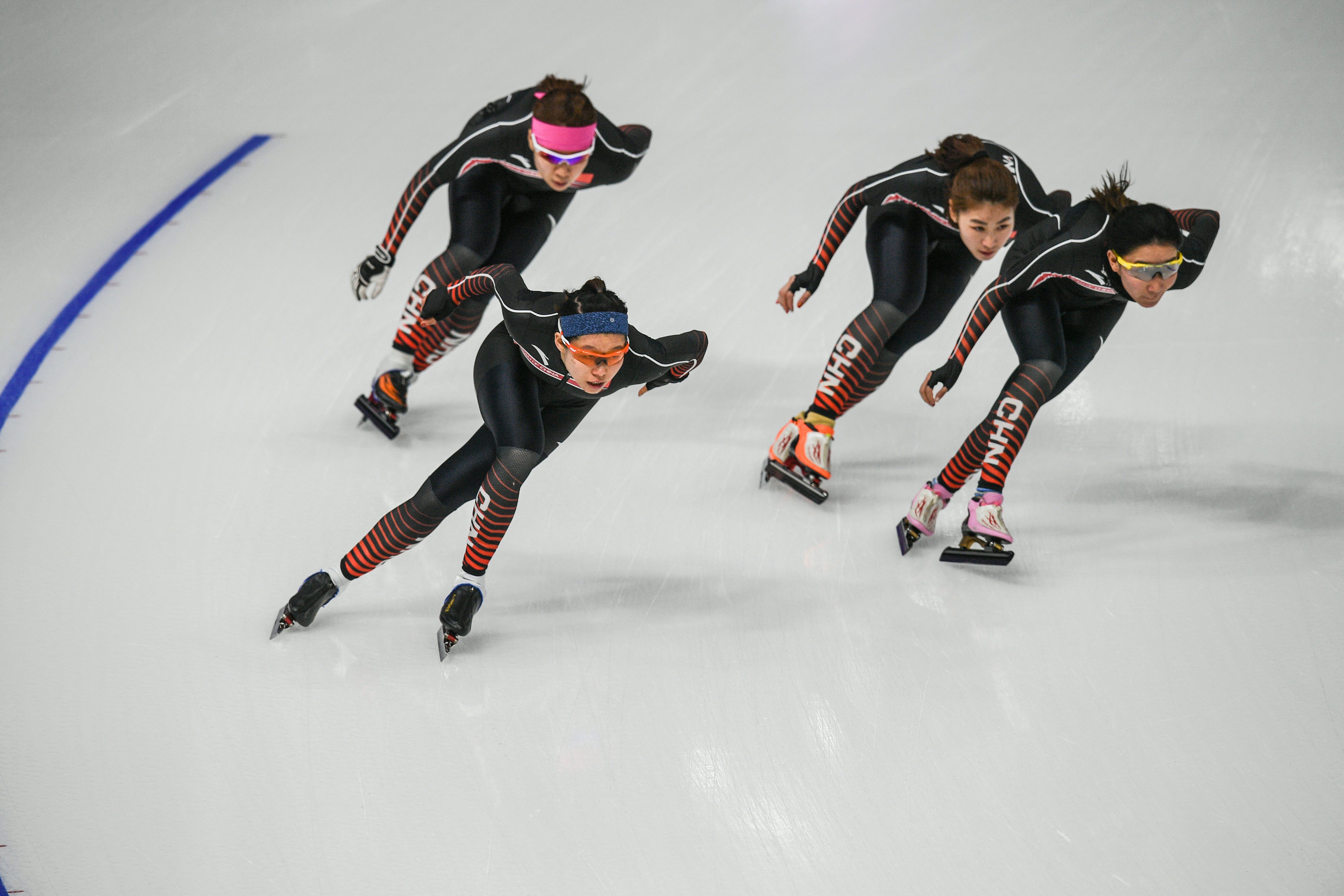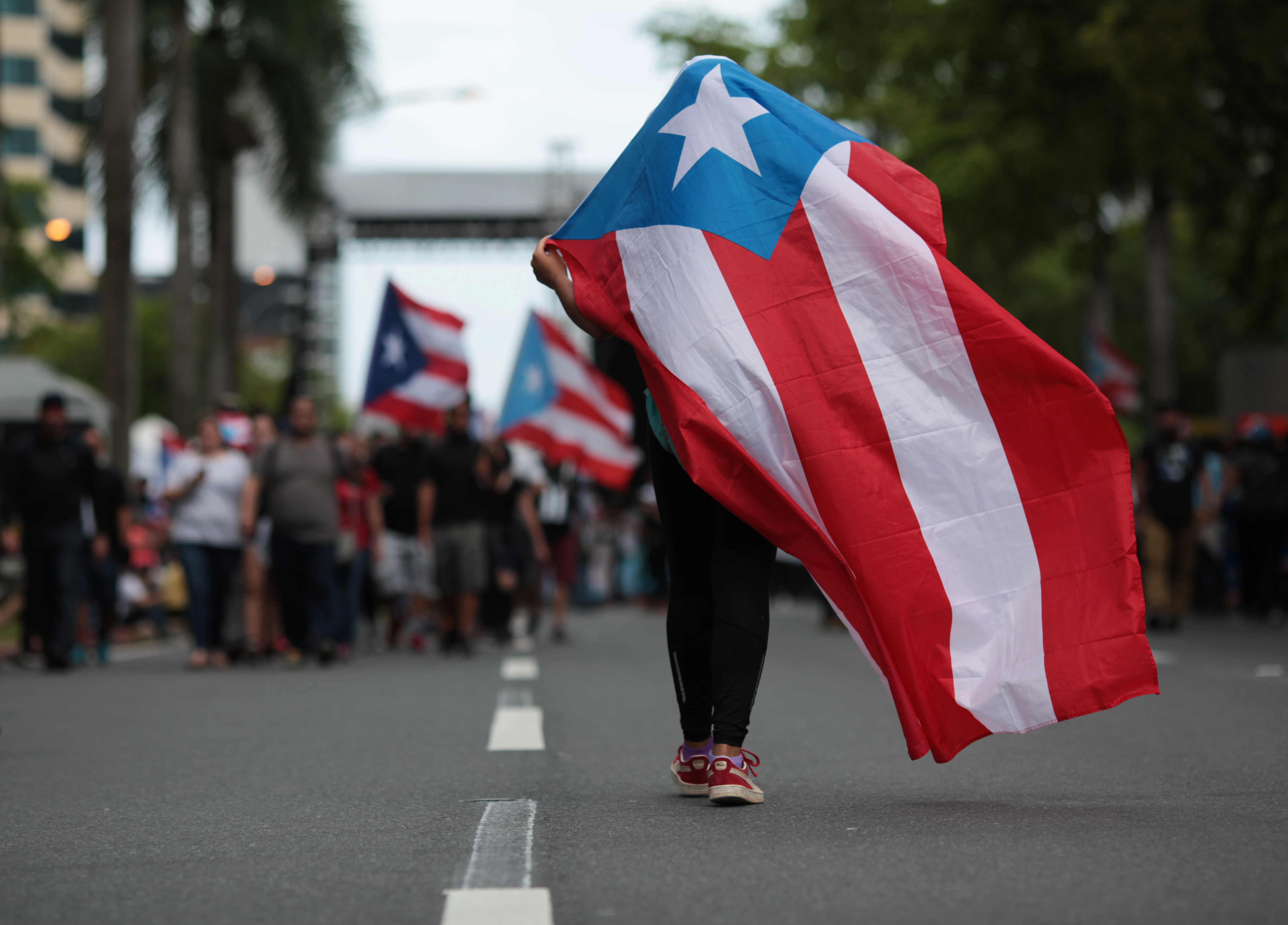If community college is free, what will happen to traditional colleges?
Free is good. Perhaps too good.


In his State of the Union address, President Obama called on Congress to act on his proposal to make community college tuition free. If it is ever enacted into law, how will we know whether the proposal has been a success? The answer depends on what it is intended primarily to achieve.
As outlined by the White House, the goal of the program is "gains in student enrollment, persistence, and completion transfer, and employment." More students should attend community colleges; more of them should complete their two-year degree programs; more of them should transfer to four-year degree programs upon completion; and, ultimately, more community college graduates should be gainfully employed after graduation.
This sounds like expansion of access. But it may actually represent a transformation — perhaps modest, perhaps more far-reaching — of how community college functions within the larger ecosystem of American education.
The Week
Escape your echo chamber. Get the facts behind the news, plus analysis from multiple perspectives.

Sign up for The Week's Free Newsletters
From our morning news briefing to a weekly Good News Newsletter, get the best of The Week delivered directly to your inbox.
From our morning news briefing to a weekly Good News Newsletter, get the best of The Week delivered directly to your inbox.
Today's community colleges serve a wide variety of students, from those needing remedial education (particularly in reading and writing), to workers seeking re-training, to older students pursuing education to enhance their lives. They also serve students ultimately seeking a four-year degree, but financially unable to shoulder the much higher costs of a traditional college, whether because of the high and rising cost of a four-year degree or the necessity of working full-time while attending school.
The administration's proposal seems particularly well-suited to expanding the ranks of this last group. To be eligible for free tuition, students would need to attend at least half-time and maintain a 2.5 grade point average. Only programs that are fully transferable to four-year institutions or vocational-oriented programs with high completion rates and high regard by employers would be eligible for free tuition. And participating schools would need to adopt "evidence-based institutional reforms" aimed at achieving greater graduation rates.
These changes might motivate some part-time students to increase the pace of their attendance, particularly those who attend sporadically for financial reasons. These students likely already receive subsidies that cover the cost of tuition, but some of those subsidies may still be available, or even be expanded, under the administration proposal, so that the net financial gain to these students from the plan would still be meaningful. Similarly, they might motivate schools to do more to bring remedial students up to a level of performance that would permit enrollment in a degree program.
But the low-hanging fruit is likely to be students currently on the fence between attending community college or a four-year institution. If the administration program succeeds, and participating community colleges offer more programs eligible for transfer to four-year institutions — tuition-free to all comers — then that option will become much more attractive for this sort of student. Community college enrollment may well grow — but a large fraction of that growth may come from students who might otherwise have gone directly to a four-year institution.
A free daily email with the biggest news stories of the day – and the best features from TheWeek.com
What effect might that have, in turn, on those four-year institutions? All else being equal, one would assume that, if a supplier enters the market with a free product or service that is of acceptable quality, other market participants will respond either by focusing on a more quality-oriented market segment (willing and able to pay a premium for a premium product), or by exiting the market entirely.
If the administration's proposal succeeds, for-profit colleges will have a harder time staying in business; it's hard to compete with free. But it is equally reasonable to assume that four-year public institutions, perpetually strapped for funds, will decline to compete to keep those students most attracted by a fully transferable two-year degree. Rationally, they will reorient their own "business models" around a higher percentage of transfer students, with a higher percentage of non-transfer students being either ineligible for significant financial assistance, or of distinctly higher academic standing.
A future in which community college becomes the norm for a larger percentage of American high-school graduates, and four-year college a more elite product than is currently the case, is an entirely plausible outcome if the administration's proposal succeeds on its own terms. It might also mean significant fiscal savings, albeit those that would be concentrated at the state level, while federal subsidies to community colleges would grow much larger than administration projections. Moreover, this "rationalization" might be achieved without sacrificing — or even improving — aggregate educational outcomes across the post-secondary landscape.
But perhaps not without further institutionalizing the already potent class divide within America's student body.
Noah Millman is a screenwriter and filmmaker, a political columnist and a critic. From 2012 through 2017 he was a senior editor and featured blogger at The American Conservative. His work has also appeared in The New York Times Book Review, Politico, USA Today, The New Republic, The Weekly Standard, Foreign Policy, Modern Age, First Things, and the Jewish Review of Books, among other publications. Noah lives in Brooklyn with his wife and son.
-
 The week’s best photos
The week’s best photosIn Pictures A man's best friend, the elephants in the room, and more
-
 A TikTok trend has Gen Z men leaving streetwear behind for more preppy attire
A TikTok trend has Gen Z men leaving streetwear behind for more preppy attireThe Explainer More than a zipper: Young Black men embrace the ‘quarter-zip movement‘
-
 Codeword: December 12, 2025
Codeword: December 12, 2025The daily codeword puzzle from The Week
-
 Why Puerto Rico is starving
Why Puerto Rico is starvingThe Explainer Thanks to poor policy design, congressional dithering, and a hostile White House, hundreds of thousands of the most vulnerable Puerto Ricans are about to go hungry
-
 Why on Earth does the Olympics still refer to hundreds of athletes as 'ladies'?
Why on Earth does the Olympics still refer to hundreds of athletes as 'ladies'?The Explainer Stop it. Just stop.
-
 How to ride out the apocalypse in a big city
How to ride out the apocalypse in a big cityThe Explainer So you live in a city and don't want to die a fiery death ...
-
 Puerto Rico, lost in limbo
Puerto Rico, lost in limboThe Explainer Puerto Ricans are Americans, but have a vague legal status that will impair the island's recovery
-
 American barbarism
American barbarismThe Explainer What the Las Vegas massacre reveals about the veneer of our civilization
-
 Welfare's customer service problem
Welfare's customer service problemThe Explainer Its intentionally mean bureaucracy is crushing poor Americans
-
 Nothing about 'blood and soil' is American
Nothing about 'blood and soil' is AmericanThe Explainer Here's what the vile neo-Nazi slogan really means
-
 Don't let cell phones ruin America's national parks
Don't let cell phones ruin America's national parksThe Explainer As John Muir wrote, "Only by going alone in silence ... can one truly get into the heart of the wilderness"
